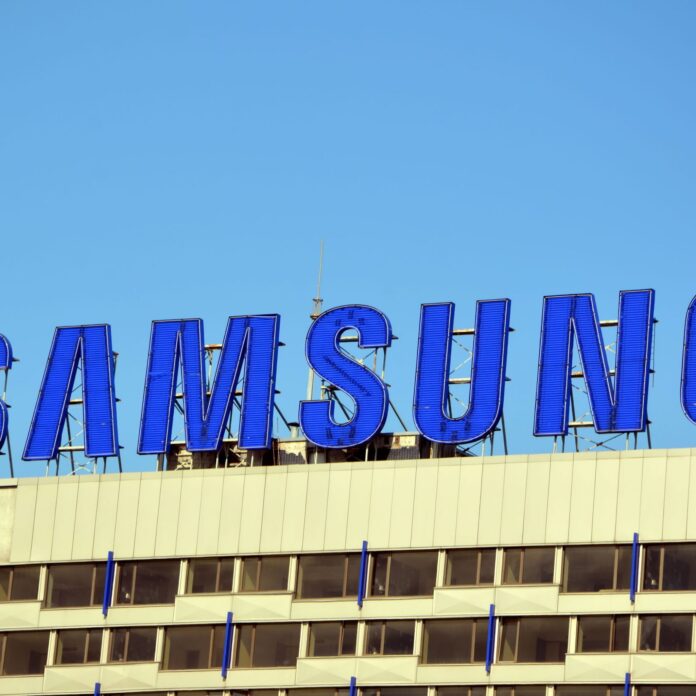EN-DC enables mobile operators to use a 4G network to boost 5G speed, coverage
Earlier this week, Samsung Electronics revealed that it has achieved a breakthrough in 5G data speeds using E-UTRAN New Radio Dual Connectivity (EN-DC) technology, which enables mobile operators to use a 4G network to boost 5G speed, coverage and reliability.
The demonstration, performed in the company’s lab in Korea, combined 40 megahertz of 4G frequencies and 800 megahertz of 5G mmWave frequencies, achieving 5.23Gbps in data speed to a single device. The Samsung Galaxy S20+ smartphone, 4G radios, 5G radios (Compact Macro Link), and 4G/5G common Core were used for the demonstration.
“Through this demonstration, Samsung is proud to achieve another breakthrough record in 5G data speeds, now spotlighting the power of using a dual 4G and 5G approach, delivered directly to a single user,” said Ji-Yun Seol, vice president and head of the Air Technology Group within Samsung’s Networks Business. “This reinforces our commitment to delivering the best possible 5G solutions to our customers and our ongoing support to help mobile operators accelerate the benefits of 5G services to their users.”
The demo leveraged carrier aggregation, which combines multiple channels of spectrum to gain greater efficiencies and faster data speeds over a wireless network. This past January, the company debuted its latest flagship, the Galaxy S21, which in some regions, notably houses Qualcomm’s Snapdragon 888 5G Mobile Platform that supports aggregation of TDD and FDD spectrum. The Snapdragon 888 has the X60 5G Modem-RF System integrated into the platform; the X60 is on its third iteration and can push 5G downlink speeds up to 7.5 Gbps.
Samsung’s first 5G speed achievement was announced in 2018 when it reached multi-gigabit 5G New Radio (NR) data connections with speeds of more than 1.7Gbps. The company then surpassed its record by reaching data speeds of 2.65Gbps in 2019, followed by 4.3Gbps speeds in a 2020.

